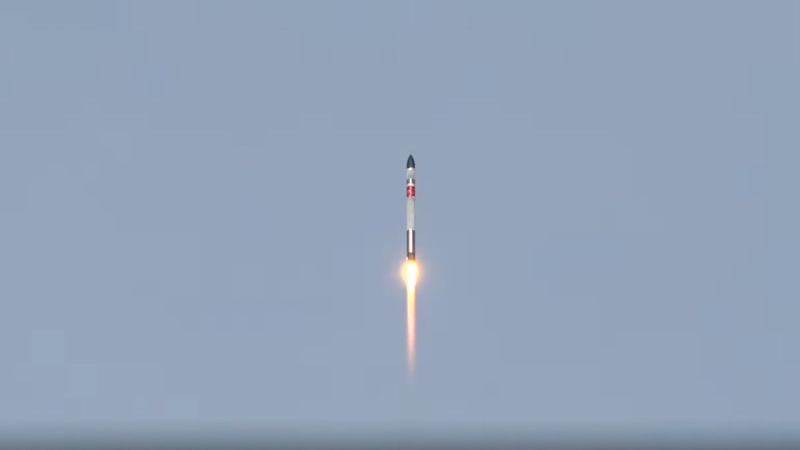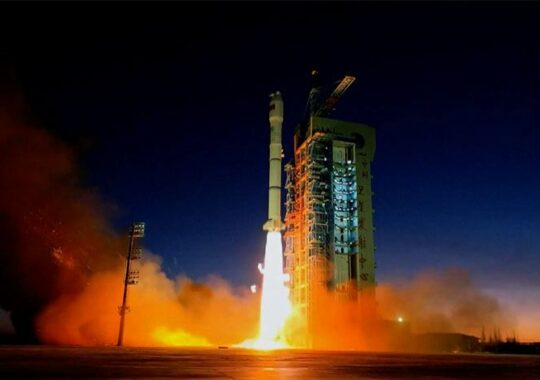During Rocket Lab’s fifth flight of the year on April 23, the company launched a NASA solar sail experiment and a South Korean smallsat.
At 6:32 p.m. Eastern, a rocket called Electron took off from Launch Complex 1 of Rocket Lab in New Zealand. Due to an issue with ground equipment, liftoff was delayed by almost twenty minutes. Nine minutes after launch, the upper stage of the rocket released the kick stage, which executed a sequence of maneuvers to place its two payloads in separate orbits.
About 50 minutes after launch, the kick stage first entered a 520-kilometer-high circular orbit and deployed the NEONSAT-1 spacecraft. After taking off, the stage entered a 1,000-kilometer orbit, and an hour and forty-five minutes later, the ACS3 satellite was launched.
The main payload of the mission is an imaging satellite called NEONSAT-1, which weighs roughly 100 kg. Part of the New-space Earth Observation Satellite Constellation for National Safety, the spacecraft is one of 11 in a constellation whose remaining 10 are scheduled to be launched by South Korea’s Nuri rocket in 2026 and 2027.
The satellite, which was created by the Korea Advanced Institute of Science and Technology’s Satellite Technology Research Center in South Korea, has a one-meter-resolution camera system. The satellite and the subsequent constellation will be used for national security and civil applications, according to the South Korean government.
Using a bus from NanoAvionics, the Advanced Composite Solar Sail System, or ACS3, is a 12U cubesat developed at NASA’s Ames Research Center. The spacecraft will unfold an 80 square meter solar sail following post-launch checkouts.
The main goal of ACS3 is to test a deployable sail system and new, lightweight booms made of composite materials. If the sail is successfully unfurled, the spacecraft will also test its maneuverability. To reduce the impact of atmospheric drag, ACS3 had to be launched into a higher orbit.
“We hope that the new technologies we’ve seen on this spacecraft will inspire others to use them in ways we haven’t even considered,” NASA Ames lead systems engineer Alan Rhodes stated prior to launch in a statement.
The Electron’s March 21 launch from Rocket Lab’s Launch Complex 2 in Virginia was its fifth flight of the year, but it was its first in over a month following a mission for the National Reconnaissance Office. 22 Electron launches are planned for the year, two of which will be of the company’s HASTE suborbital version, according to company executives during a February earnings call.





